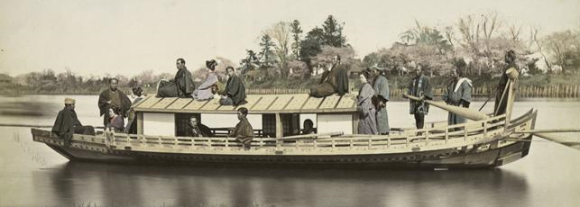
Take a trip back to 1800s Japan with this collection of breathtaking photographs.
Last month, we finally hit the date on which Back to the Future II was supposed to take place, which was cause for a little melancholy about how hoverboards and self-lacing shoes haven’t become as commonplace or user-friendly as the movie depicted them as being in 2015. Those are pretty minor issues, though, compared to the fact that the first Back to the Future showed a working time machine in 1985, and we’re no closer to having one 30 years later.
But even if we can’t actually travel to the past, we’ve got the next best thing in this series of stirring photographs of 1800s Japan.
The pictures seen here were taken by Kusakabe Kimbei, one of the very first Japanese photographers to rise to international prominence. Born in 1841, Kimbei (who generally went by his given name) spent his 20s and 30s working as a photo colorist in the Yokohama studio of Italian-British photographer Felice Beato.
Kimbei would eventually become a photographer in his own right and open a photography studio in 1881. This collection of photos, which is in the possession of the New York Public Library and part of its digital collection, consists of images captured between roughly 1880 and 1890. With Japan’s policy of enforced isolation from other nations not being fully renounced until 1868, Kimbei’s work represents one of the last glimpses of Japanese society before its rapid modernization.
Kimbei photographed the cityscapes of many of Japan’s largest towns, although some of them are hard to recognize for us citizens of the 21st century. For example, this modest-looking row of buildings…
…is Ginza, the blue-blooded neighborhood in the heart of Tokyo.
▼ Another shot of Tokyo, this time taken on the bank of the Sumida River
Similarly, we wouldn’t have been able to guess that this is Kyoto’s Gion geisha district.
▼ Yokohama harbor, which today is one of the busiest ports in Japan
Out in the countryside, the communities seem a little closer in size to their modern counterparts, and some of the buildings even look like the preserved examples you’ll find in historical tourist destinations. The structures in Kimbei’s photos, though, have an undeniably lived-in quality which lends them a feeling of solemn significance.
Among other places, Kimbei’s journeys took him to the Nakasendo, one of the two major roads that connected Kyoto and Tokyo, or Edo as the city used to be known.
With a nationwide rail system yet to be developed, and commoners not allowed to use horses along the Nakasendo, most travelers made the journey on foot over the course of several days. Along the way were clusters of businesses catering to the needs of those passing through the area.
But while many of the places photographed look quite different today, certain shots show parts of Japan that have hardly changed at all in the century-plus since they were taken. Kamakura’s Great Buddha and Iwakuni’s Kintai Bridge, for example, are such beautiful designs that they’ve been left largely unaltered and still attract visitors to this day.
But even if some aspects of Japanese art and architecture are eternal, taking a look at the people in the photos reveals that they’re from another era, with their period-appropriate clothing and hairstyles.
▼ A photo taken in Hokkaido, with locals dressed in the northern region’s distinctive garb
So next time someone’s taking a picture that you’re in, remember to smile, because 120 years from now, people might be looking back to the past, and looking at you at the same time.
Source: Japaaan
Images: The New York Public Library Digital Collections

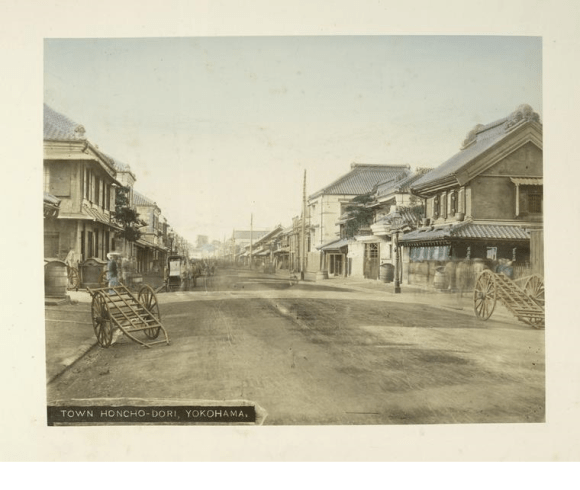
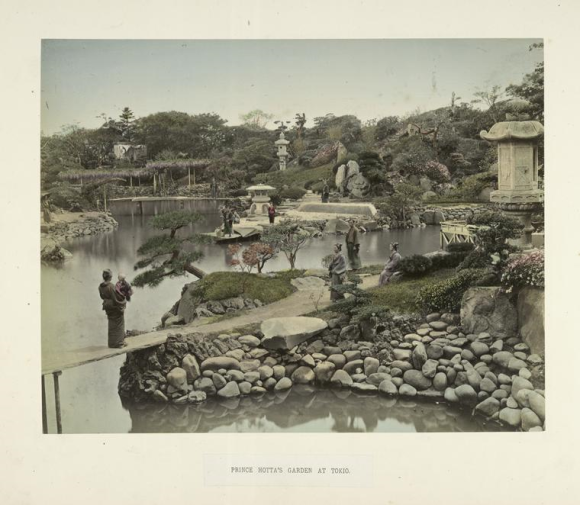
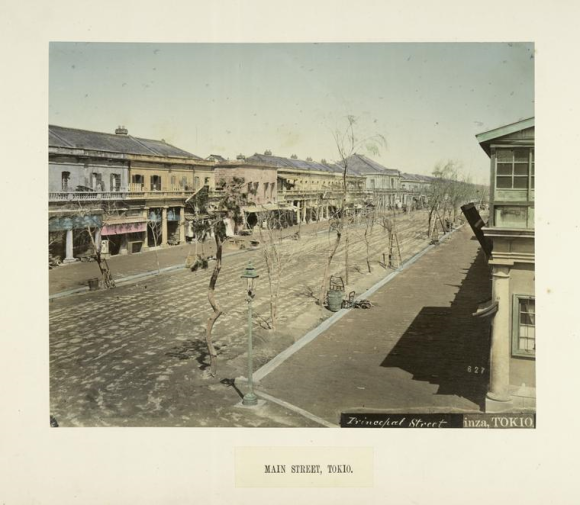
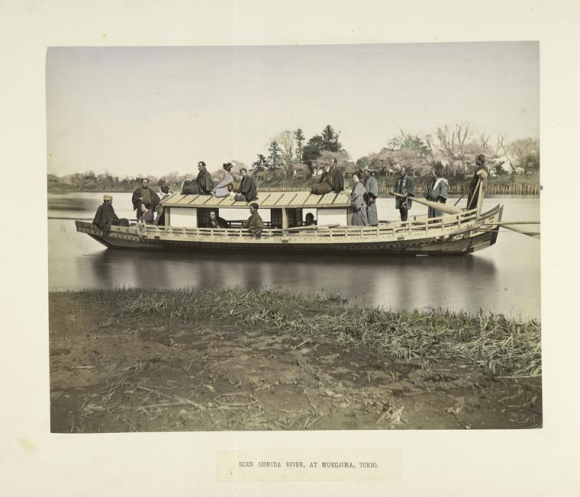
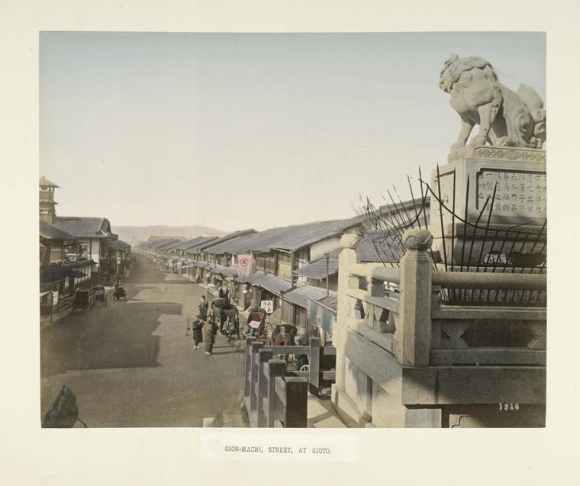
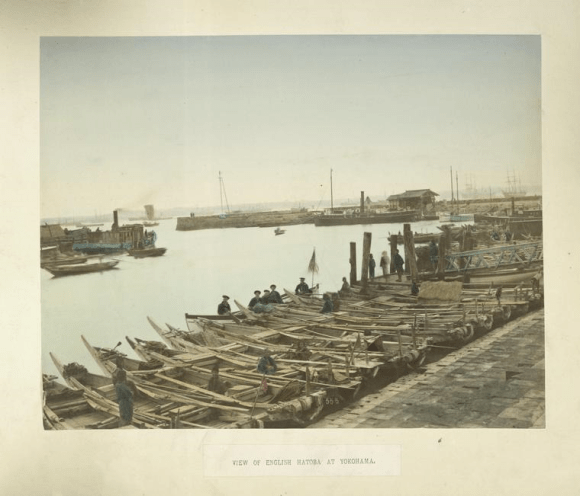
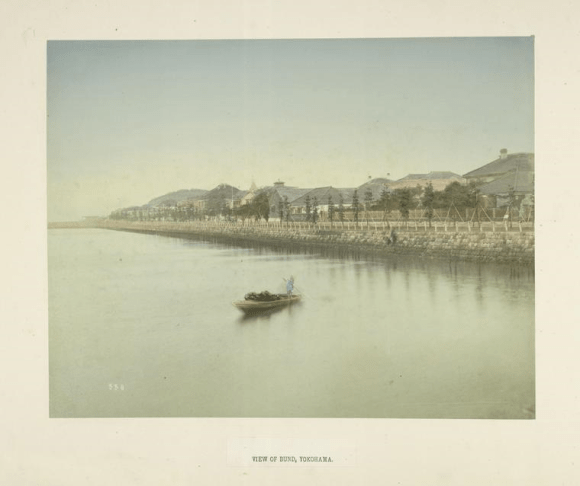
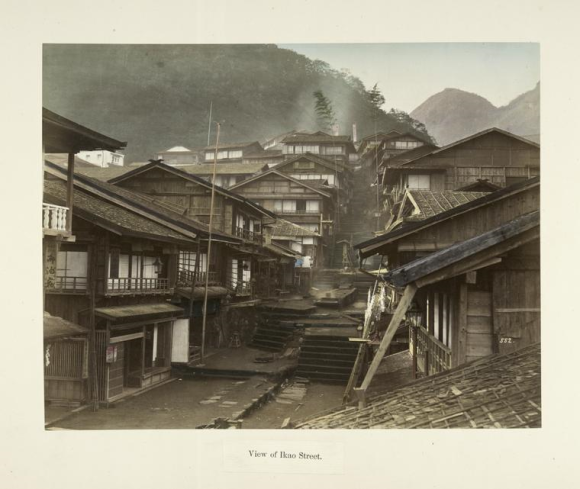
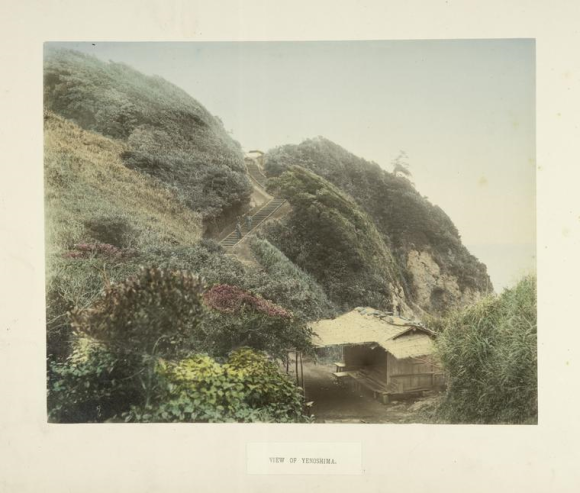
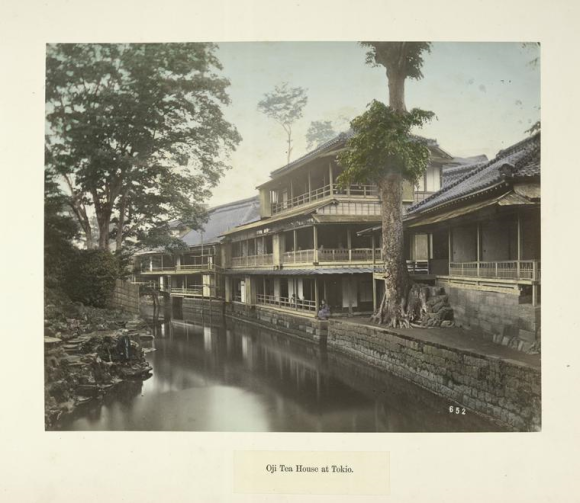
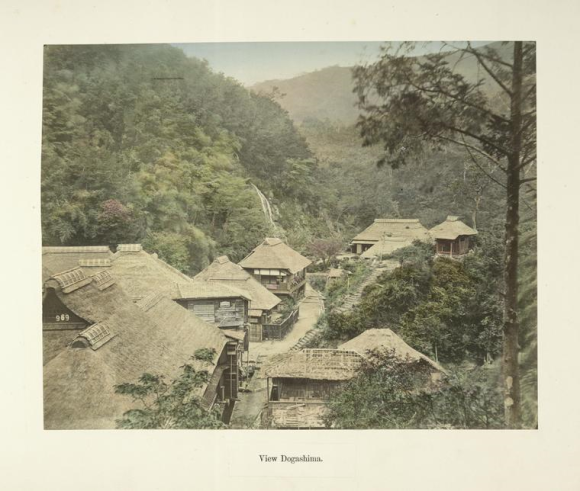
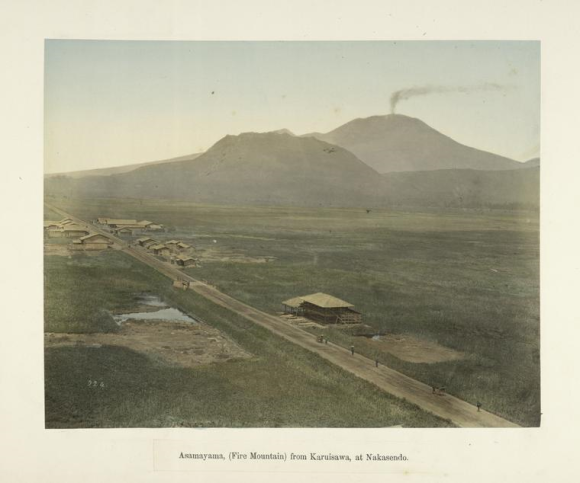
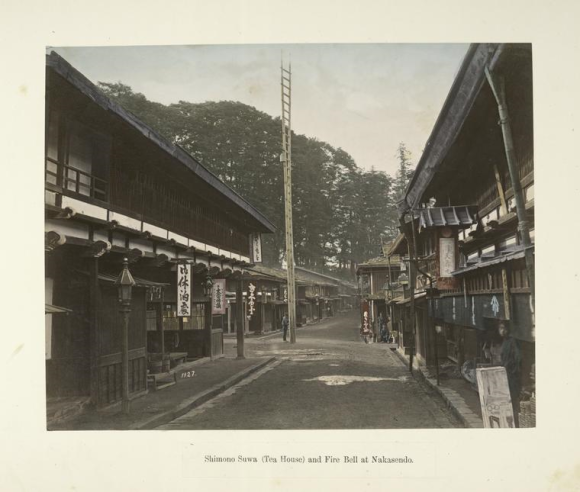
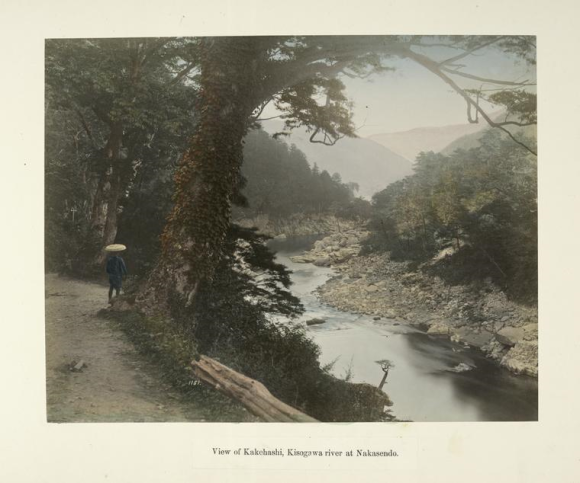
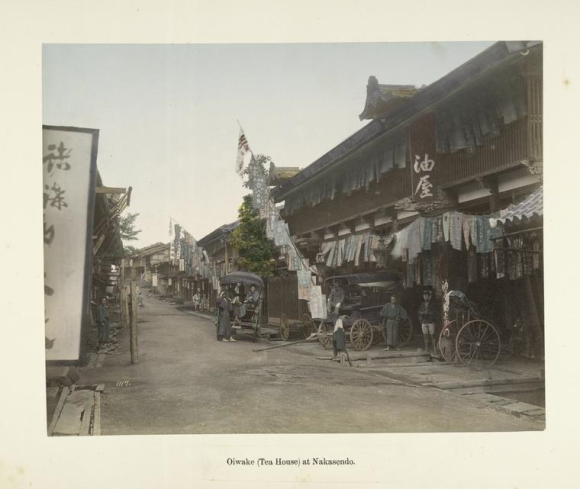
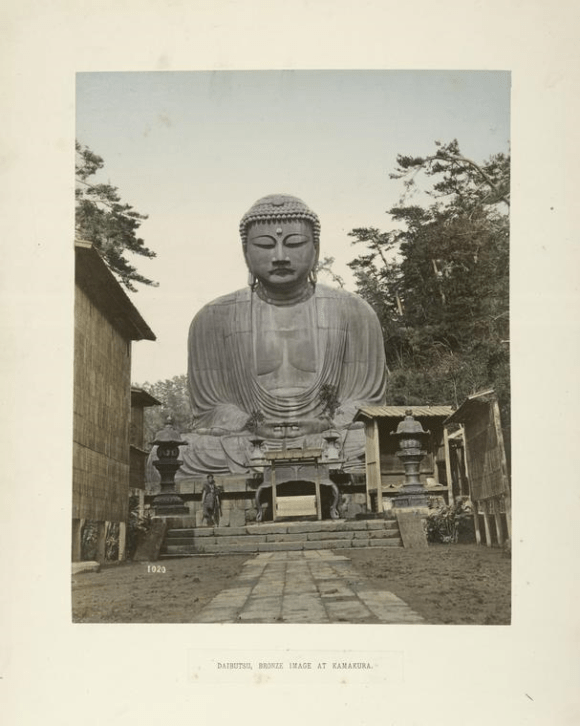
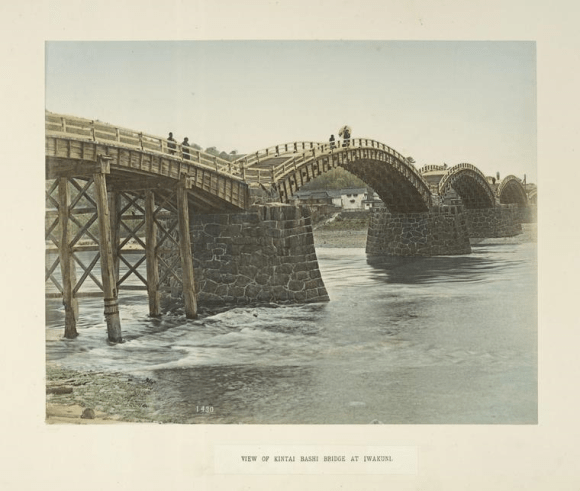
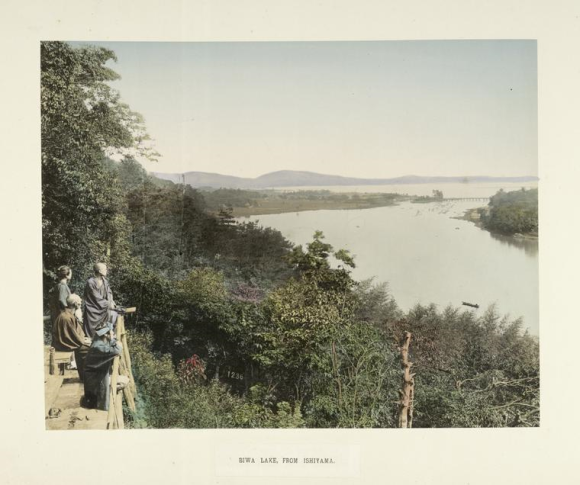
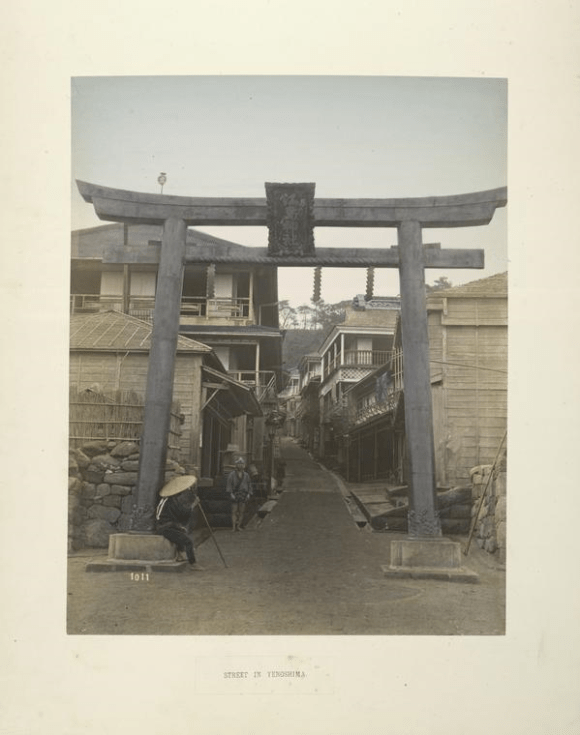
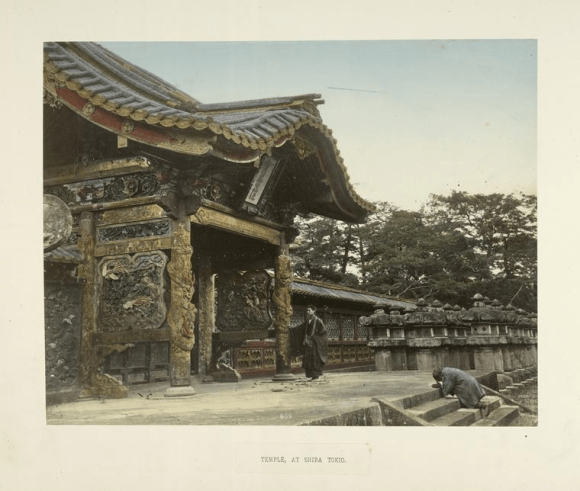
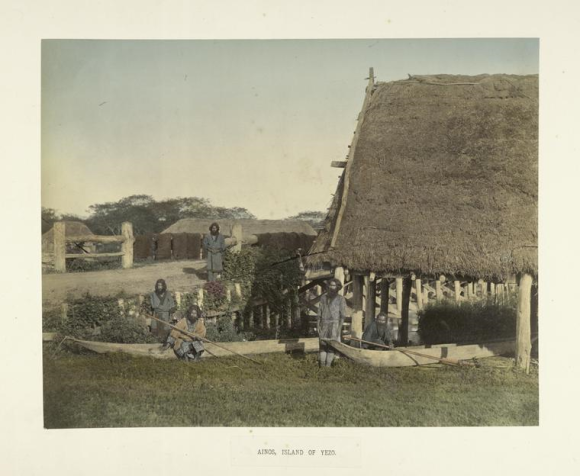
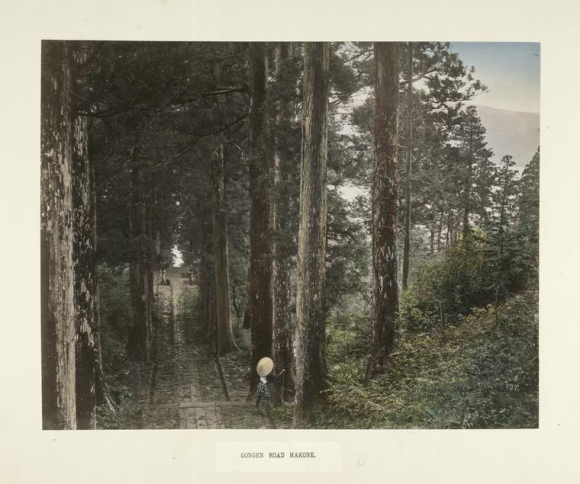
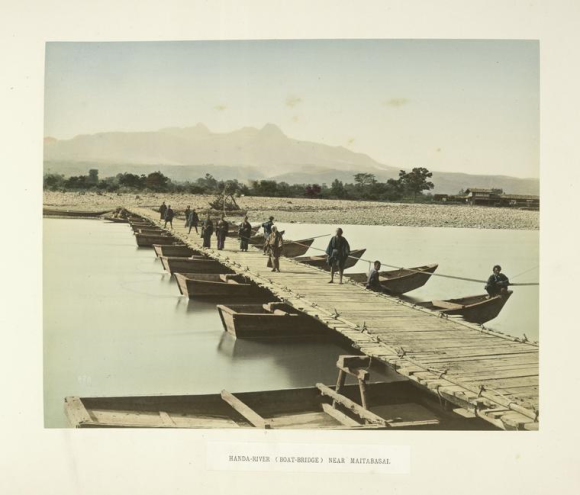
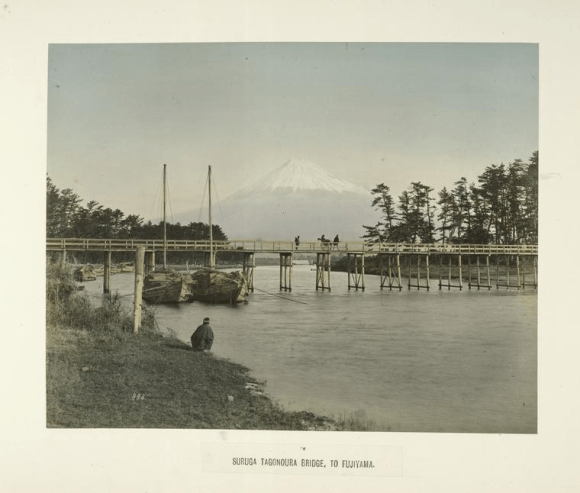
 Photos from 140 years ago show Tokyo’s skyline was amazing long before the Skytree was ever built
Photos from 140 years ago show Tokyo’s skyline was amazing long before the Skytree was ever built It’s like the samurai era never ended at this beautiful Japanese mountain town
It’s like the samurai era never ended at this beautiful Japanese mountain town Mt Fuji photo tricks the eye by looking like a moody ink painting
Mt Fuji photo tricks the eye by looking like a moody ink painting Funny old-timey Japanese photo is a blast (of silly faces) from the past
Funny old-timey Japanese photo is a blast (of silly faces) from the past One yen camera: we bought an extremely cheap camera off Yahoo! Auctions and tested it out【Pics】
One yen camera: we bought an extremely cheap camera off Yahoo! Auctions and tested it out【Pics】 How to order snacks on a Shinkansen bullet train in Japan
How to order snacks on a Shinkansen bullet train in Japan Demon Slayer: Kimetsu no Yaiba gets new roller coaster attractions and food at Universal Studios Japan
Demon Slayer: Kimetsu no Yaiba gets new roller coaster attractions and food at Universal Studios Japan Nintendo history you can feel – Super NES, N64, and GameCube controllers become capsule toys
Nintendo history you can feel – Super NES, N64, and GameCube controllers become capsule toys New Nintendo Lego kit is a beautiful piece of moving pixel art of Mario and Yoshi【Photos】
New Nintendo Lego kit is a beautiful piece of moving pixel art of Mario and Yoshi【Photos】 Japan’s new difficult-to-drink-from beer glass protects your liver, but it’s a brutal experience
Japan’s new difficult-to-drink-from beer glass protects your liver, but it’s a brutal experience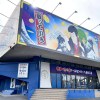 A visit to the best UFO catcher arcade in the universe!
A visit to the best UFO catcher arcade in the universe! To combat declining birth rate, Japan to begin offering “Breeding Visas” to foreigners
To combat declining birth rate, Japan to begin offering “Breeding Visas” to foreigners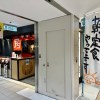 Tokyo Station’s perfect breakfast spot might just be this izakaya Japanese-style pub
Tokyo Station’s perfect breakfast spot might just be this izakaya Japanese-style pub Sex doll sharing service shut down by Chinese authorities
Sex doll sharing service shut down by Chinese authorities High-fashion Totoro cuddle purse is like an elegant stroll in the forest【Photos】
High-fashion Totoro cuddle purse is like an elegant stroll in the forest【Photos】 Hello, cosmetics! Clinique teams up with Hello Kitty this summer for first-time collaboration
Hello, cosmetics! Clinique teams up with Hello Kitty this summer for first-time collaboration “The most Delicious Cup Noodle in history” – Japan’s French Cup Noodle wins our heart【Taste test】
“The most Delicious Cup Noodle in history” – Japan’s French Cup Noodle wins our heart【Taste test】 Starbucks releases a cute Frappuccino and Unicorn Cake…but not in Japan
Starbucks releases a cute Frappuccino and Unicorn Cake…but not in Japan Kyoto Tower mascot termination reveals dark side behind cute Japanese characters
Kyoto Tower mascot termination reveals dark side behind cute Japanese characters McDonald’s Japan’s Soft Twist Tower: A phantom ice cream only sold at select branches
McDonald’s Japan’s Soft Twist Tower: A phantom ice cream only sold at select branches Yabai Ramen: What makes this Japanese ramen so dangerous?
Yabai Ramen: What makes this Japanese ramen so dangerous? Finally! Nintendo Japan expands Switch 8-bit controller sales to everybody, Online member or not
Finally! Nintendo Japan expands Switch 8-bit controller sales to everybody, Online member or not Japanese government wants to build luxury resorts in all national parks for foreign tourists
Japanese government wants to build luxury resorts in all national parks for foreign tourists 10 things you should buy at 7-Eleven in Japan
10 things you should buy at 7-Eleven in Japan Studio Ghibli releases anime heroine cosplay dresses that are super comfy to wear
Studio Ghibli releases anime heroine cosplay dresses that are super comfy to wear Woman charged for driving suitcase without a license in Osaka
Woman charged for driving suitcase without a license in Osaka Studio Ghibli unveils My Neighbour Totoro miniature house model
Studio Ghibli unveils My Neighbour Totoro miniature house model Kyoto experiencing problems with foreign tourists not paying for bus fares, but not on purpose
Kyoto experiencing problems with foreign tourists not paying for bus fares, but not on purpose Fighting mild hunger with a Japanese soda that turns into jelly in the stomach【Taste test】
Fighting mild hunger with a Japanese soda that turns into jelly in the stomach【Taste test】 Studio Ghibli’s Howl’s Moving Castle tapestry unveiled in Japan for first time
Studio Ghibli’s Howl’s Moving Castle tapestry unveiled in Japan for first time McDonald’s new Happy Meals offer up cute and practical Sanrio lifestyle goods
McDonald’s new Happy Meals offer up cute and practical Sanrio lifestyle goods Sales of Japan’s most convenient train ticket/shopping payment cards suspended indefinitely
Sales of Japan’s most convenient train ticket/shopping payment cards suspended indefinitely Sold-out Studio Ghibli desktop humidifiers are back so Totoro can help you through the dry season
Sold-out Studio Ghibli desktop humidifiers are back so Totoro can help you through the dry season Japanese government to make first change to romanization spelling rules since the 1950s
Japanese government to make first change to romanization spelling rules since the 1950s Foreigner’s request for help in Tokyo makes us sad for the state of society
Foreigner’s request for help in Tokyo makes us sad for the state of society Ghibli founders Toshio Suzuki and Hayao Miyazaki contribute to Japanese whisky Totoro label design
Ghibli founders Toshio Suzuki and Hayao Miyazaki contribute to Japanese whisky Totoro label design Doraemon found buried at sea as scene from 1993 anime becomes real life【Photos】
Doraemon found buried at sea as scene from 1993 anime becomes real life【Photos】 Tokyo’s most famous Starbucks is closed
Tokyo’s most famous Starbucks is closed Princesses, fruits, and blacksmiths: Study reveals the 30 most unusual family names in Japan
Princesses, fruits, and blacksmiths: Study reveals the 30 most unusual family names in Japan Lightning storm photos of the Skytree show the Tokyo symbol in a whole new light【Photos】
Lightning storm photos of the Skytree show the Tokyo symbol in a whole new light【Photos】 Use this simple trick to create awesome photos of holiday lights this winter!
Use this simple trick to create awesome photos of holiday lights this winter! Dogs photograph their owners with beautiful, heartwarming results
Dogs photograph their owners with beautiful, heartwarming results Aichi Prefectural Museum of Art forced to cover up “obscene” photos following complaint
Aichi Prefectural Museum of Art forced to cover up “obscene” photos following complaint Tokyo photo studio turns you into street samurai with armor photo shoot in the heart of downtown
Tokyo photo studio turns you into street samurai with armor photo shoot in the heart of downtown 14 tips for visiting the Mt Fuji Shibazakura Festival, where beautiful “lawn sakura” blossom
14 tips for visiting the Mt Fuji Shibazakura Festival, where beautiful “lawn sakura” blossom Fireworks photos make us wonder if we’re seeing “fire flowers” or microscopic organisms【Photos】
Fireworks photos make us wonder if we’re seeing “fire flowers” or microscopic organisms【Photos】 Contrails + just the right conditions = A rainbow picture for the ages
Contrails + just the right conditions = A rainbow picture for the ages All you need is one purchase from the 100-yen store to replicate this amazing trick shot【Pics】
All you need is one purchase from the 100-yen store to replicate this amazing trick shot【Pics】 Talented Thai artist provides peek inside the secret world of miniature people【Photos】
Talented Thai artist provides peek inside the secret world of miniature people【Photos】 Abandoned Chinese fishing village gets a natural facelift and it’s awesome 【Photos】
Abandoned Chinese fishing village gets a natural facelift and it’s awesome 【Photos】 “No low angles!” and other Comiket cosplay photography rules
“No low angles!” and other Comiket cosplay photography rules The beautiful booth models of Japan’s CP+ camera expo【Photos】
The beautiful booth models of Japan’s CP+ camera expo【Photos】 Tokyo’s new samurai photo studio sends you to Japan’s feudal era with awesome digital backdrops
Tokyo’s new samurai photo studio sends you to Japan’s feudal era with awesome digital backdrops Amazing pencil portraits of Japanese celebrities look as lifelike as photographs 【Pictures】
Amazing pencil portraits of Japanese celebrities look as lifelike as photographs 【Pictures】
Leave a Reply